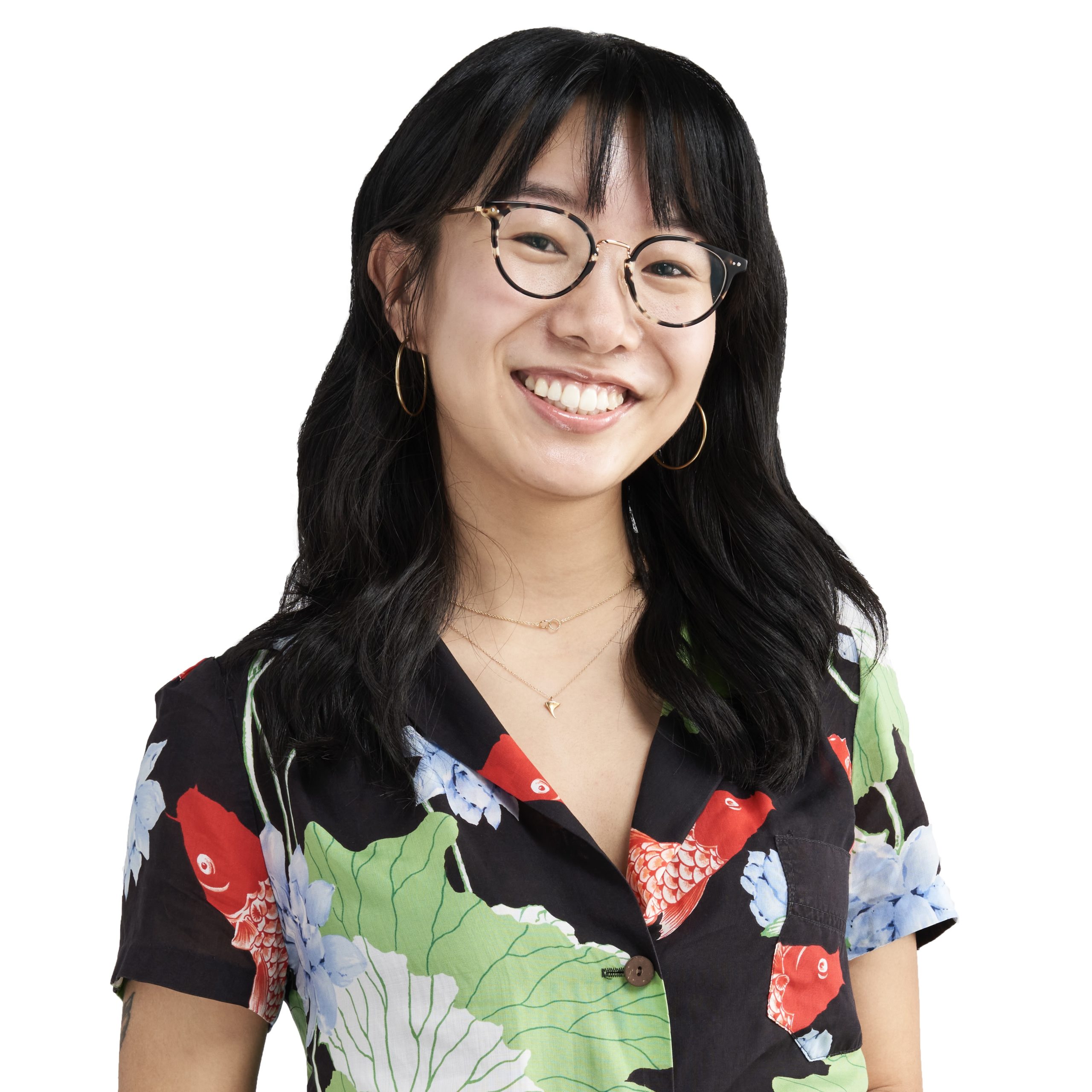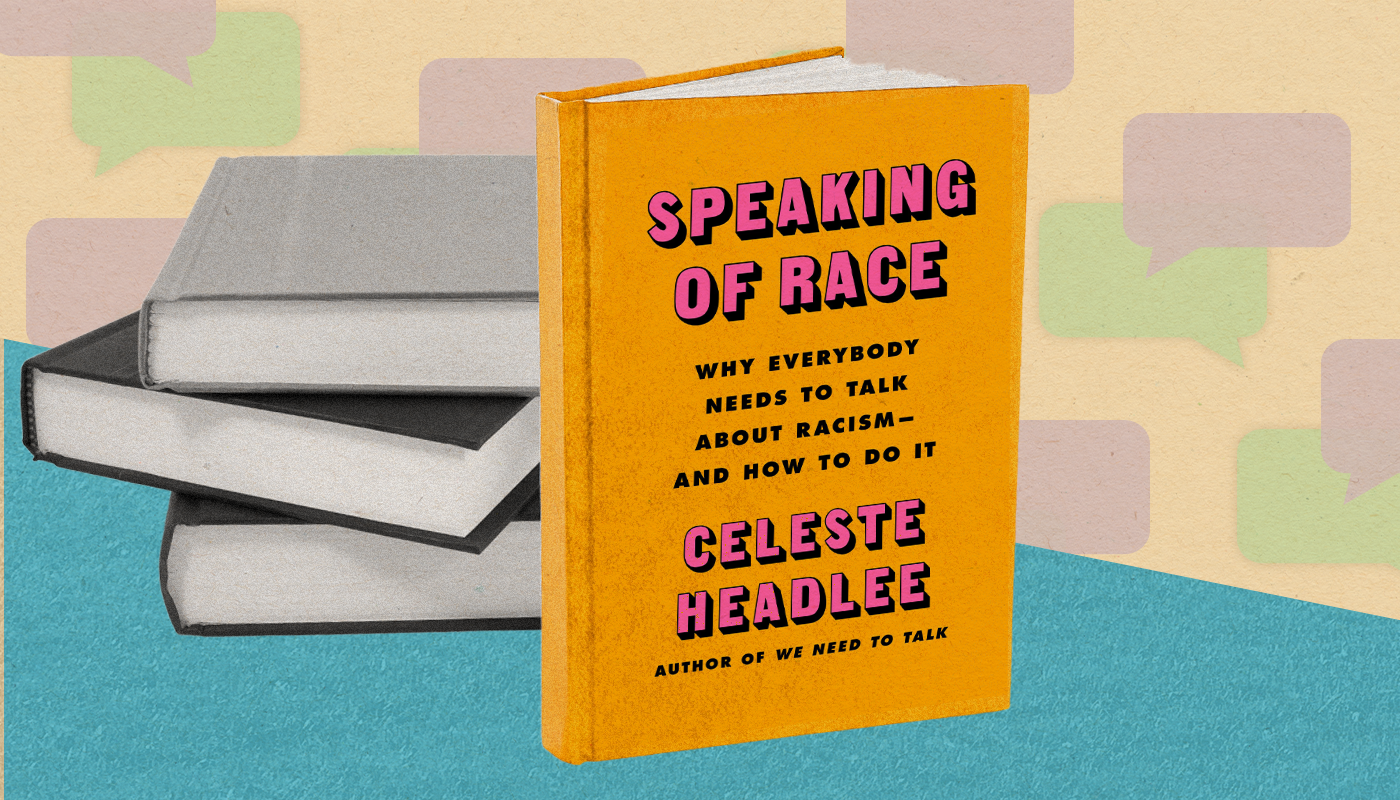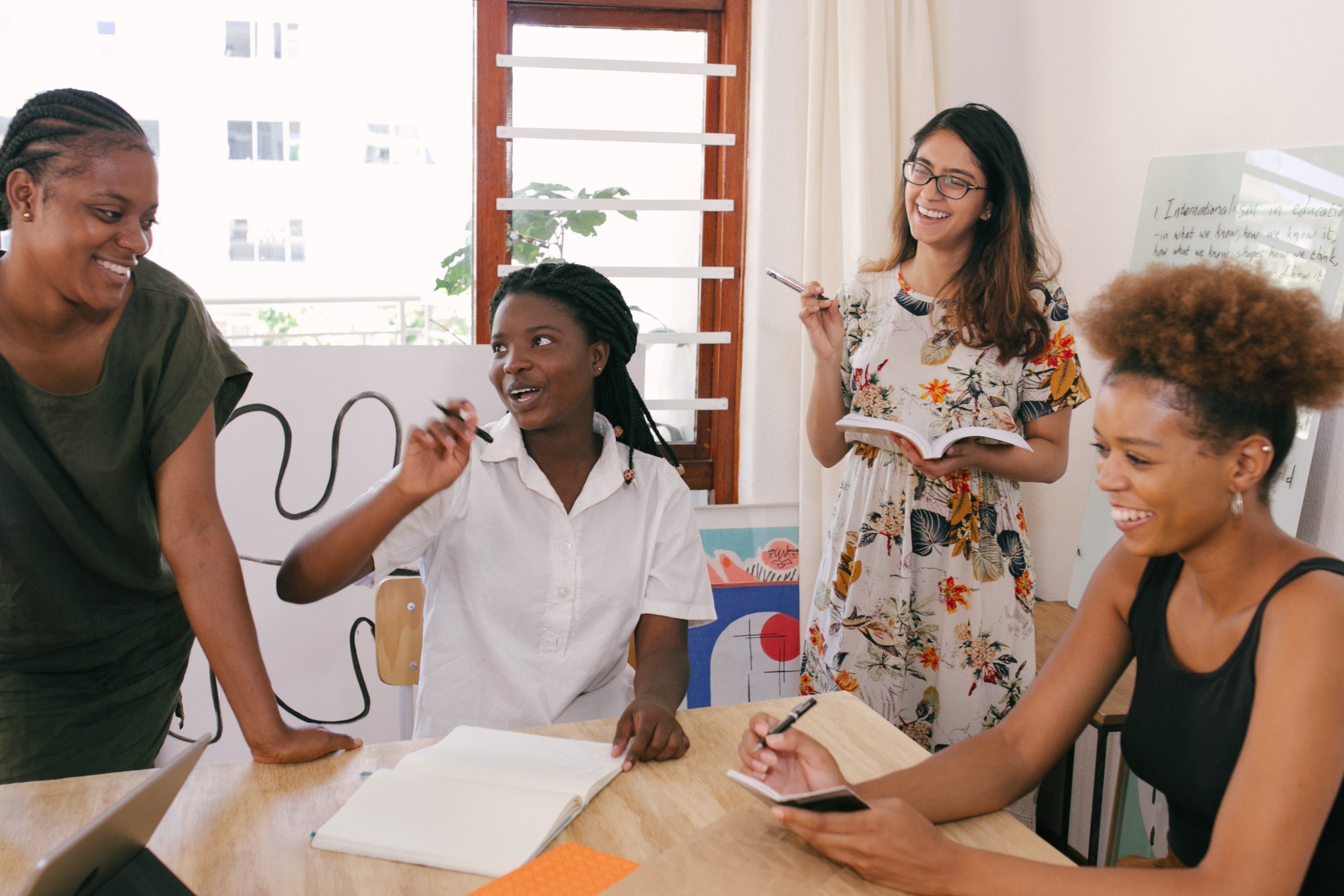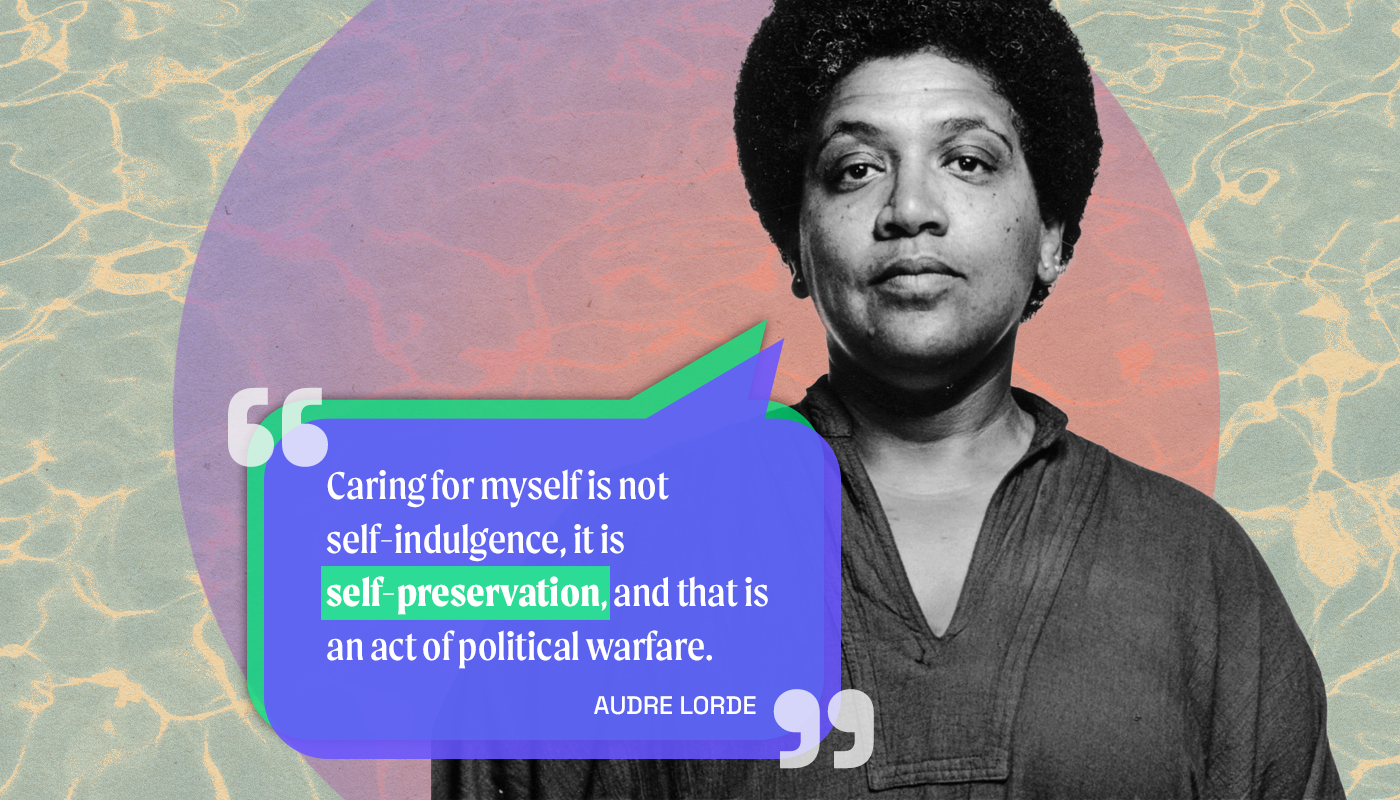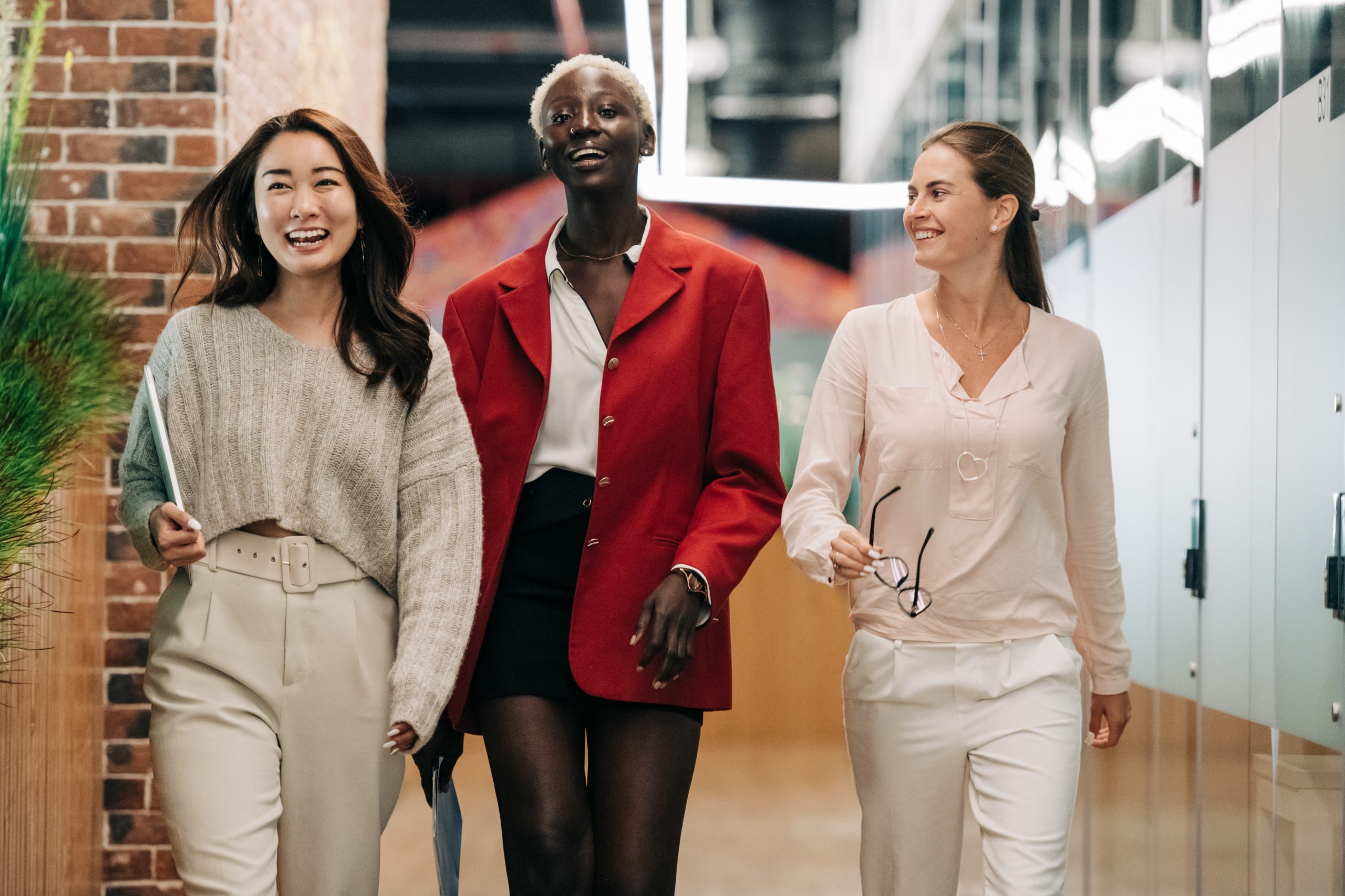Trying to educate on inclusion? Aim to engage instead.
Break through the noise by focusing on shared values.

The last time I wrote for Includr, a social media comment said something along the lines of “As soon as I saw the word ‘inclusion’, I turned away”. Other comments bemoaned the “woke brainwashing” I was selling. These people saw a hidden message in my language that I didn’t intend when I was writing about solidarity and community support. Certain words and phrases made their ears close shut. So how can we talk to people about inclusion when that happens?
As someone making the effort to reach out, it can be easy to mistake someone making a wrong assumption for someone who is willfully prejudiced. It’s hard to put yourself out there, advocate for inclusion, and be met with hostility. But people are often misinformed. Media outlets are largely behind paywalls, making reputable, thoughtful information difficult to find. Informed experts and academics can toss out rapid-fire technical jargon, making things difficult to understand if you’re not already an insider. Social media companies profit and thrive off strong emotions and snappy takes that lack nuance. All of this means that people are often inadvertently making the wrong assumptions about words like “woke” and even “inclusion.” If they immediately elicit a shutdown, then it’s not conducive to the dialogue or understanding we seek.
But what do those words and phrases mean? Where did they come from? And when you boil it down, what’s the core idea being obscured by the noise?
‘Woke’ was first used in the early 20th century and has its origins in African American Vernacular English, like so many other words now used in mainstream American English slang. Jamaican philosopher and activist Marcus Garvey called on global Black citizens to “wake up” and become more socially and politically conscious. The word began to go mainstream with the same meaning of awakening — Chloé S. Valdary, founder of the “compassionate anti-racism” program Theory of Enchantment, compared it to a similar idea as the Enlightenment. In the present day, being ‘woke’ is a call to wake up, see the systems around us, and act accordingly. It’s about opening our eyes to the world we live in. As Includr said in our first article, we have to first see the water we’re swimming in so that we can change it to be better.
The root of the issue is that being kind shouldn’t be a divisive issue. Respect is not a groundbreaking, revolutionary, or controversial concept, and fairness is a universal value. Inclusion, therefore, should be too.
If you’re trying to talk to someone and convey this sense of basic decency, it can be hard to not become frustrated. Why is it taking someone so long to understand? Are they purposefully being bullheaded? Isn’t it unfair that I have to be the one who patiently tries to help them along their inclusion journey? But at the end of the day, I’d rather someone get on board with using correct pronouns now rather than never.
I recently spoke with some older, retired family friends about pronoun usage and the use of ‘they’ as a gender-neutral pronoun coming into more widespread use. At first, they were confused and resistant. It was difficult for me to think about friends who have been discriminated against due to their gender identity and respond with care and thoughtfulness, but I tried to calmly explain that using someone’s correct pronouns is simply the respectful thing to do, and it doesn’t matter if you don’t personally understand their gender identity. Wouldn’t it be frustrating if you were chatting with a friend about your dog Clifford, but they kept referring to Clifford as a chinchilla? Clifford’s a dog! I left that interaction feeling frustrated and wondering if I had done enough to explain, but I was happily surprised when they later shared an article about the thrill of witnessing changing pronoun usage.
This was the best case scenario, and keeping calm and finding common ground without judgment was key to moving forward together and creating a space that was safe to ask questions, make mistakes, and be challenged. Assume good faith intentions and look for common ground as a starting point. Usually everyone can get on board with kindness, fairness, or happiness as a starting point, and you can break down whatever seemingly complex issue it is into those core concepts. Of course, this won’t always work. Some people are committed to dying on the hill of misunderstanding. But as long as there are others who are misled, misinformed, or simply haven’t woken up to the water around them yet, some dialogue and compassion can go a long way in helping create a more inclusive society.
Your 5-step guide to educating through engaging:
-
Be ready to listen and be open to learning
Remember that staying calm and grounded will help you engage, so that others don’t feel defensive or attacked.
-
Connect on shared values
What’s something you can find common ground in – Kindness? Fairness? Community?
-
Connect the dots in simple, clear, digestible words
Imagine you’re talking to a kid, not a professor. What about: “People of every background, identity, and community deserve to be included in our society — it’s the kind, just, and right thing to do.”
-
Stay focused on what you’re for, as opposed to what you’re against
Sure, we’re against exclusionary behavior and systems. But more importantly: we’re for inclusivity, we’re for remaking our systems to be better for everyone. That’s the positive change we envision, and we’d rather spend time on that rather than attacking those who disagree.
-
Walk away, and keep trying to have these tough conversations
You tried! Maybe they’ll come back and tell you you’re right in a week, maybe they’ll never talk to you again, or maybe they’ll have some food for thought that’ll change how they treat their colleagues or family members in the future. Who knows! But we know that you tried, and that’s worth celebrating – don’t stop now.


